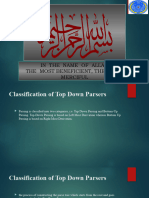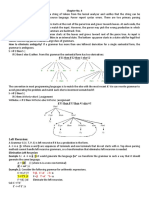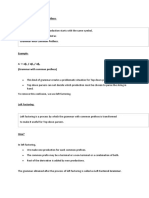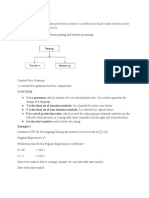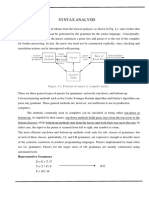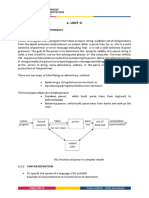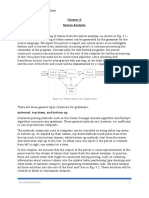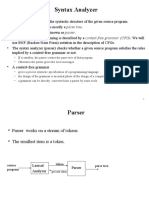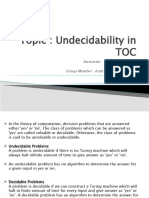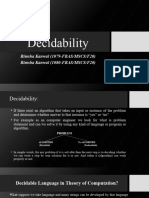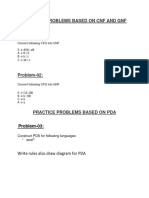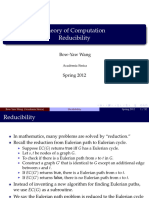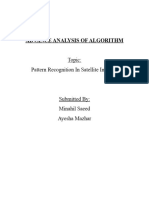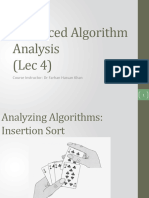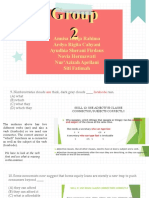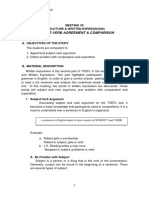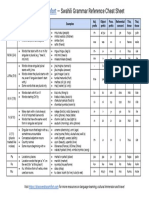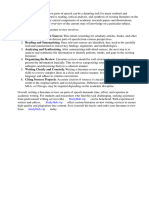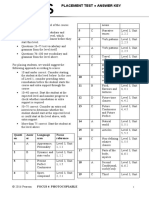0% found this document useful (0 votes)
39 views9 pagesRecursion and Factoring
1. Grammars can be recursive or non-recursive. A recursive grammar contains at least one production with the same variable on both sides, allowing infinite strings. A non-recursive grammar generates a finite number of strings.
2. Recursive grammars can be left recursive or right recursive depending on whether the leftmost or rightmost variable matches the left side. Left recursive grammars are converted to right recursive form for top-down parsing.
3. Non-recursive grammars generate a finite number of strings and have neither left nor right recursion. Common prefixes in a grammar can be removed through left factoring to aid top-down parsing.
Uploaded by
Sinan AhmedCopyright
© © All Rights Reserved
We take content rights seriously. If you suspect this is your content, claim it here.
Available Formats
Download as PDF, TXT or read online on Scribd
0% found this document useful (0 votes)
39 views9 pagesRecursion and Factoring
1. Grammars can be recursive or non-recursive. A recursive grammar contains at least one production with the same variable on both sides, allowing infinite strings. A non-recursive grammar generates a finite number of strings.
2. Recursive grammars can be left recursive or right recursive depending on whether the leftmost or rightmost variable matches the left side. Left recursive grammars are converted to right recursive form for top-down parsing.
3. Non-recursive grammars generate a finite number of strings and have neither left nor right recursion. Common prefixes in a grammar can be removed through left factoring to aid top-down parsing.
Uploaded by
Sinan AhmedCopyright
© © All Rights Reserved
We take content rights seriously. If you suspect this is your content, claim it here.
Available Formats
Download as PDF, TXT or read online on Scribd
/ 9

